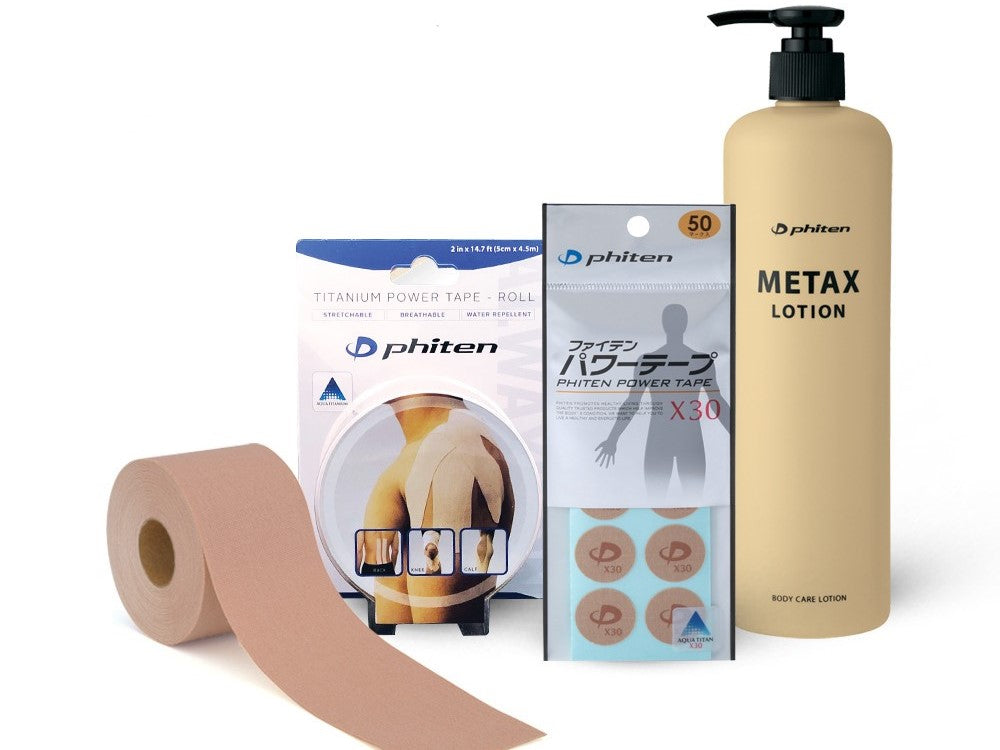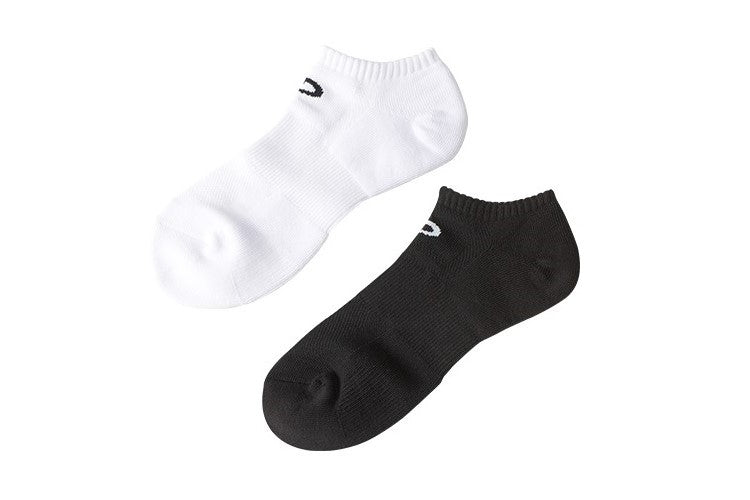RSI and Wrist Health: Understanding the Basics
Hello, Valued Phiten Customers,
Welcome back! Over the next few newsletters, we want to explore one of the common issues many of us face: wrist pain. First up, let's dive into a leading cause, Repetitive Strain Injury (RSI).
Understanding Repetitive Strain Injury (RSI) of the Wrist
Repetitive Strain Injury (RSI) is a general term used to describe pain felt in muscles, nerves, and tendons caused by repetitive movement and overuse. The wrist, a complex and frequently used joint, is particularly susceptible to RSI due to the repetitive motions common in daily activities, work tasks, and certain hobbies.
Causes and Symptoms
RSI in the wrist is often linked to activities that involve repetitive hand and wrist motions, such as typing, clicking a mouse, writing, or even playing musical instruments. Symptoms may include pain, tenderness, stiffness, tingling, or numbness in the wrist and surrounding areas.

Prevention and Management
Preventing and managing RSI involves a combination of ergonomic adjustments, lifestyle changes, and possibly medical intervention. Here are some strategies:
- Ergonomic Improvements: Ensure your workstation is set up to support proper posture and wrist position. Ergonomic keyboards, mouse pads, and wrist rests can reduce strain.
- Take Regular Breaks: Incorporate short breaks into your routine to rest your wrist and perform gentle stretches.
- Strengthening and Stretching: Exercises that strengthen the muscles around your wrist and improve flexibility can help protect against RSI.
- Seek Professional Help: If symptoms persist, consulting with a healthcare provider or a physical therapist can lead to targeted treatments, including exercises, braces, or even changes in your routine to alleviate symptoms.
We hope this information helps you better comprehend Repetitive Strain Injury (RSI). Your health and well-being remain our utmost concern. Stay tuned for more health insights in our upcoming newsletters!
Stay informed, stay healthy,
Disclaimer:
Please note that the information provided in this newsletter is for educational purposes only. It is not intended as a substitute for professional medical advice, diagnosis, or treatment. Always seek the advice of your physician or other qualified health providers with any questions you may have regarding a medical condition. Individual cases may vary, emphasizing the importance of personalized medical advice.







